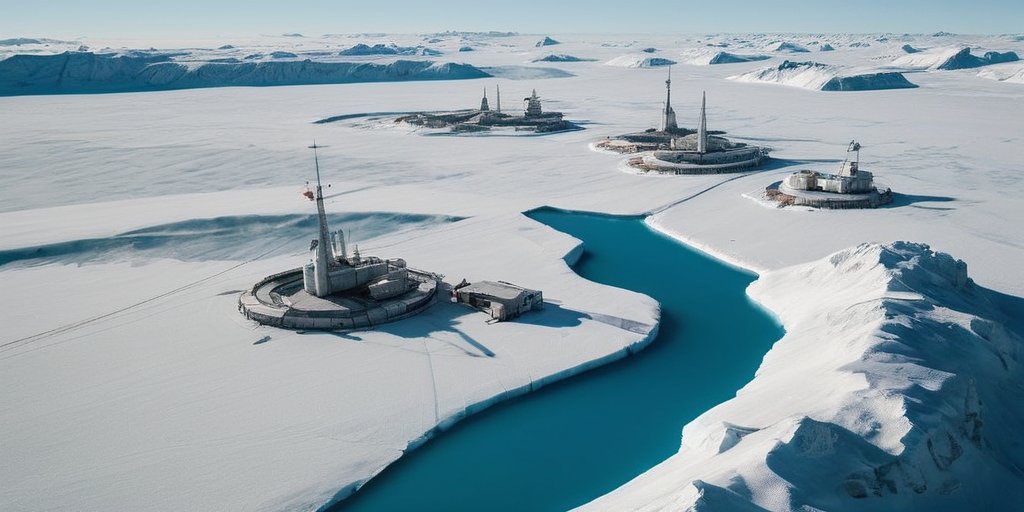Only days after Usha Vance’s planned dogsled race trip to Greenland was revealed, a shift in itinerary signals deeper tensions involving Vice President JD Vance and the island’s Danish administration. Originally intended to immerse herself in the culture of Greenland, Usha’s visit transformed into a more militaristic undertaking as JD Vance joined forces with his wife, directing criticism towards the Danish leadership over their handling of Greenlandic affairs. This event echoes the broader ambitions of former President Donald Trump, who famously discussed the annexation of Greenland, thus reaffirming the strategic importance of the territory in U.S. political discussions.
As Vance arrives at the U.S. military installation at Pituffik, he becomes the highest-ranking U.S. official to visit Greenland, setting a precedent for future relations. The updated focus moves away from cultural exchanges towards military and national security reviews associated with the U.S. Space Force. This shift comes amid rising tensions with Denmark, as the Danish government characterized earlier aspects of the visit as “highly aggressive.” Vance’s comments during the visit are expected to mirror the tough rhetoric he previously employed, drawing attention to perceived neglect by Danish leaders towards the Greenlandic people.
This visit underscores the strategic rationale often presented by U.S. leaders for increased interest in Greenland, particularly in terms of national security in the Arctic. The Vances’ decision to skip directly into military discussions seeks to avert any protests planned in Greenland’s capital Nuuk, where anti-U.S. sentiment was growing among the population.
In light of Trump’s previous assertion that Greenland could somehow be acquired, activities in Greenland now not only reflect on Vance’s position but also continue to tie back to Trump’s controversial history with the area. The implications of this diplomatic shift and changing itinerary serve as a reminder of the ongoing challenges and complexities within U.S.-Greenland relations, particularly as Greenland continues to navigate its governance dynamics.
Greenlander responses to the visit highlight the delicate balance amid U.S. interests and local sentiments. Although acknowledged by American officials, any association with potential protests looms heavily over the Vance’s revised plans. As various dignitaries accompany the Vice President, the dependent relationship on Greenland’s Scottish lineage, and the growing assertions of the island’s identity, point toward insights needed moving forward in respect to U.S. policies in the Arctic.
The geopolitical stakes in the Arctic call for careful navigation, as the Vance’s visit reflects both an acknowledgment of cultural sensitivities and national security stakes – continuing the pattern established during Trump’s presidency.
The Vice President’s assertion that neglect by Danish leadership has led to insufficient infrastructure and support for Greenlandic citizens might play a significant role in shaping future dialogues, as the U.S. aims to reinforce its influence in this critical geopolitical arena.
As the visit concludes, Vance’s public engagements will serve to communicate a strong stance on the importance of U.S. involvement in the Arctic, an interest reignited during Trump’s administration but strongly echoed by the current leadership’s policies toward the icy territory reconsideration.
